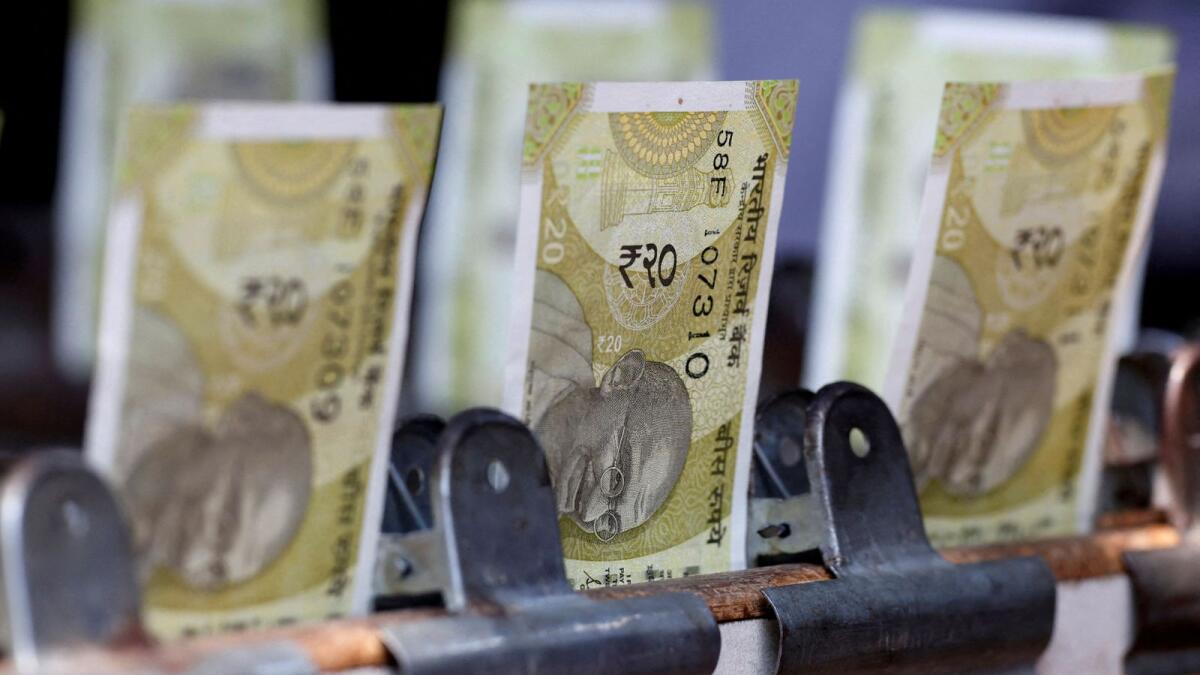Carry trading between the Indian rupee and Chinese yuan has been a popular choice for many traders due to the higher yield differential of the rupee compared to the yuan. With a 5.5 percentage point difference in 1-year rates, the outlook for these currencies and their low volatility make the rupee an appealing option for carry trades in Asia. Estimates suggest that positions on the yuan-rupee carry trade could be as high as $40 billion based on client flows.
The upcoming U.S. elections play a significant role in shaping the appeal of this trade, with the potential of another term for President Donald Trump expected to boost its attractiveness. Trump’s previous trade war with China has indicated that he would continue targeting the nation if re-elected, leading to increased tensions between the U.S. and China. This has the potential to impact the yuan and drive it lower against the dollar.
Experts suggest that China’s central bank may allow for measured weakness in the yuan in the lead-up to the elections, potentially pushing the offshore yuan lower towards 7.35-7.40 against the dollar. Meanwhile, the rupee is expected to be well-supported by portfolio inflows and a positive economic outlook, especially in comparison to China’s economic struggles, particularly in the real estate sector.
Despite the pressures on both the yuan and the rupee, the trade offers unique advantages due to the low volatility of both currencies relative to their Asian peers. Combined with the wide interest rate differential between the two, this adds to the overall appeal of the carry trade strategy. Overall, the trade between the rupee and the yuan remains attractive due to these factors, making it a popular choice among traders in the Asian market.











